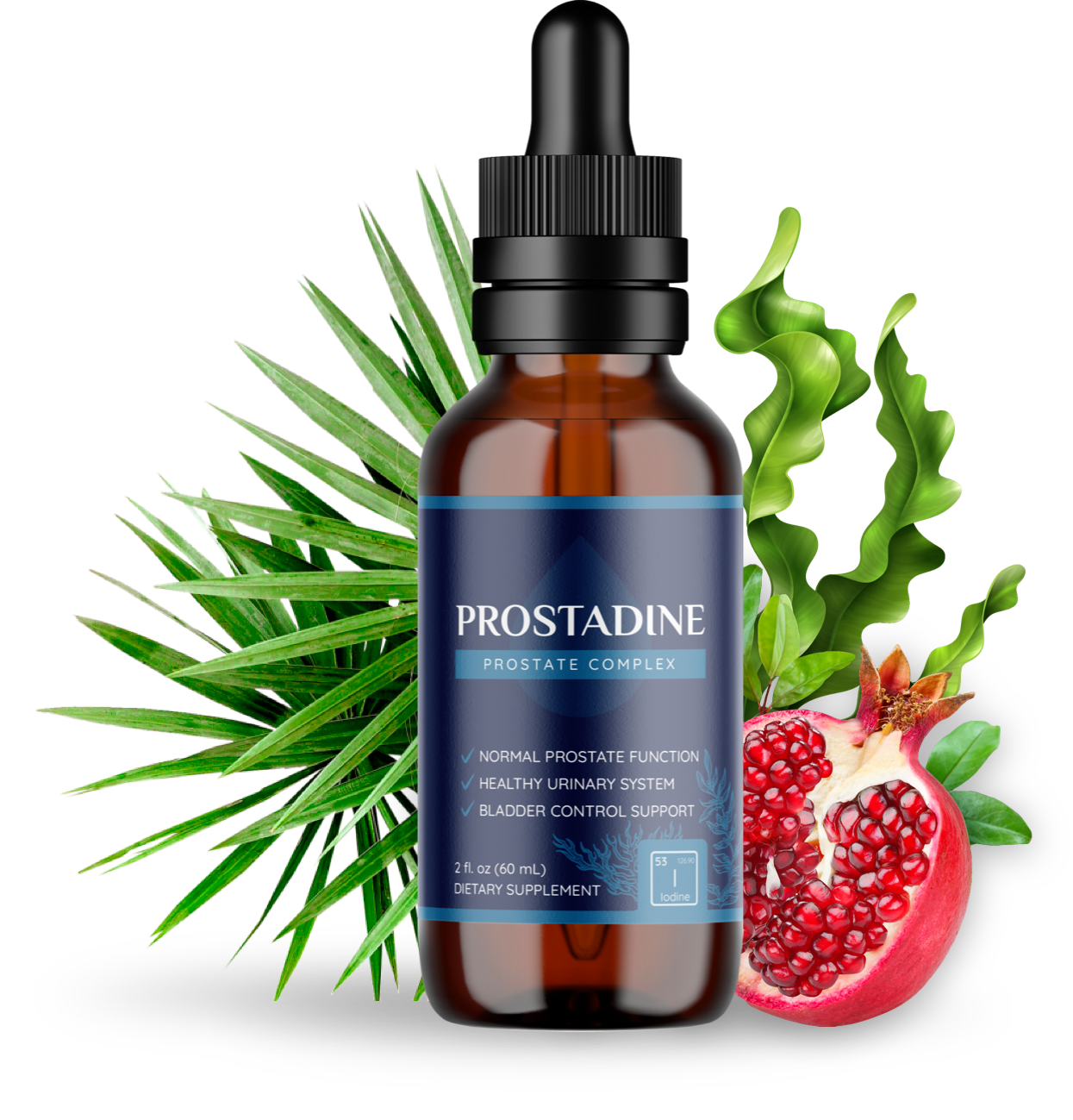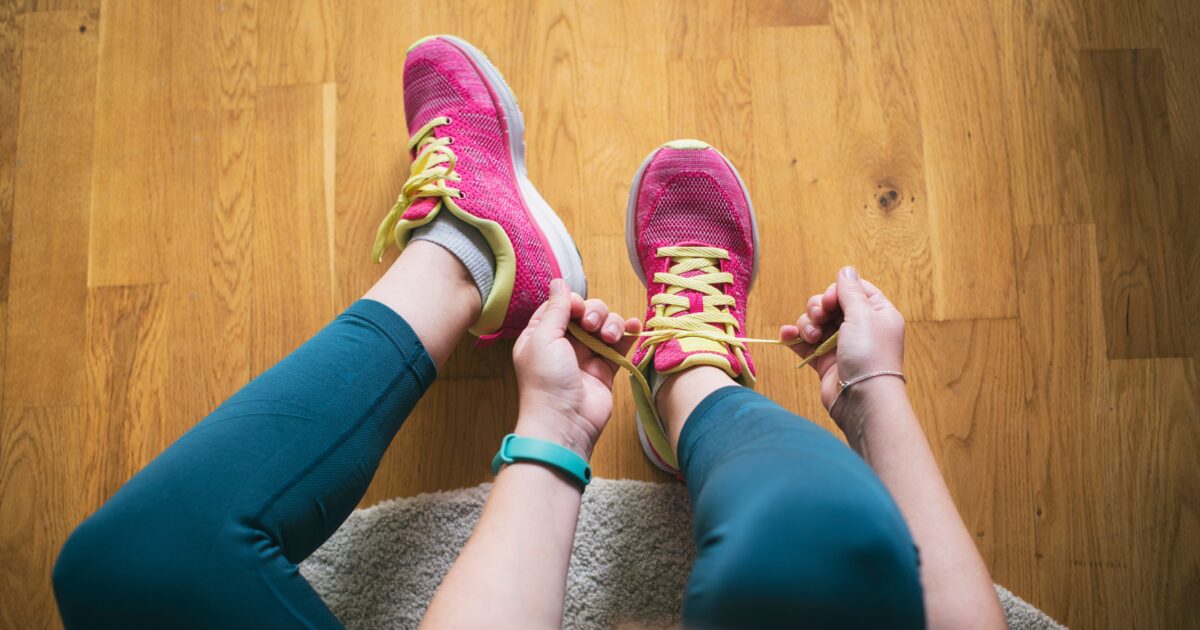Is it that time of the month? The one where your heating pad becomes your best friend and the thought of working out feels like a joke? We’ve all been there. But here’s the plot twist: moving your body during your period can actually make you feel better — not worse.
Most of us were never taught how our monthly cycles affect our energy, mood and workouts. That’s because society is largely built around a man’s 24-hour clock, while our bodies follow a 30-day hormonal rhythm. Recently, more people have started “cycle syncing” their exercise routines to match each phase of their menstrual cycle — and the results can be game-changing.
According to advice shared by Dr. Cassandra Simmons, chief of the Division of General Obstetrics & Gynecology at NewYork-Presbyterian Westchester and NewYork-Presbyterian/Columbia University Irving Medical Center, understanding how hormones shift throughout your cycle can help you choose workouts that support your body, rather than fight against it. Here’s how to do it:
Menstrual Phase (Days 1–5): Rest and Gentle Movement
Your period is here — which usually means lower energy levels and possible cramps. This is a great time to slow things down. Gentle workouts like yoga, barre, stretching or light Pilates can ease discomfort and boost your mood. And if all your body wants is rest? That’s valid too. Sleep is especially important during this phase to help combat fatigue.
Healthy Habits, Happy Life: Simple Ways To Boost Your Well-Being
Follicular Phase (Days 1–14): Turn Up the Intensity
As your period ends and estrogen starts to rise, your energy often rebounds. This phase is ideal for gradually increasing your workout intensity. Think strength training, runs or a lively spin class. You may find it easier to hit personal bests or try something new during this time.
Ovulatory Phase (Days 14–17): Maximize Peak Energy
Mid-cycle brings ovulation — and typically, a noticeable boost in hormones, energy and motivation. This is your power phase. Take advantage with high-intensity workouts, heavy lifting or competitive sports. If you’ve been eyeing a new fitness challenge, this is the moment to go for it.
Achieving Wellness: 5 Simple Steps for Better Mental and Physical Health
Luteal Phase (Days 15–28): Prioritize Recovery and Consistency
After ovulation, progesterone rises, which can bring bloating, sluggishness, or mood swings. This is the time to scale things back and focus on consistency over intensity. Swap your max-effort sessions for steady-state cardio, lower weights or calming workouts like Pilates and walking. Supporting your body through recovery now can make your next cycle feel smoother.
Bottom line: You don’t have to overhaul your entire workout plan — but syncing your movement with your menstrual cycle can help you feel more in tune with your body. As Dr. Simmons explained on the NewYork-Presbyterian website, understanding these hormonal shifts “can benefit almost every system in the body and day-to-day functions.” Listening to your body’s signals is the key.















































































































